Home>Garden Essentials>How Long For California Poppies To Germinate
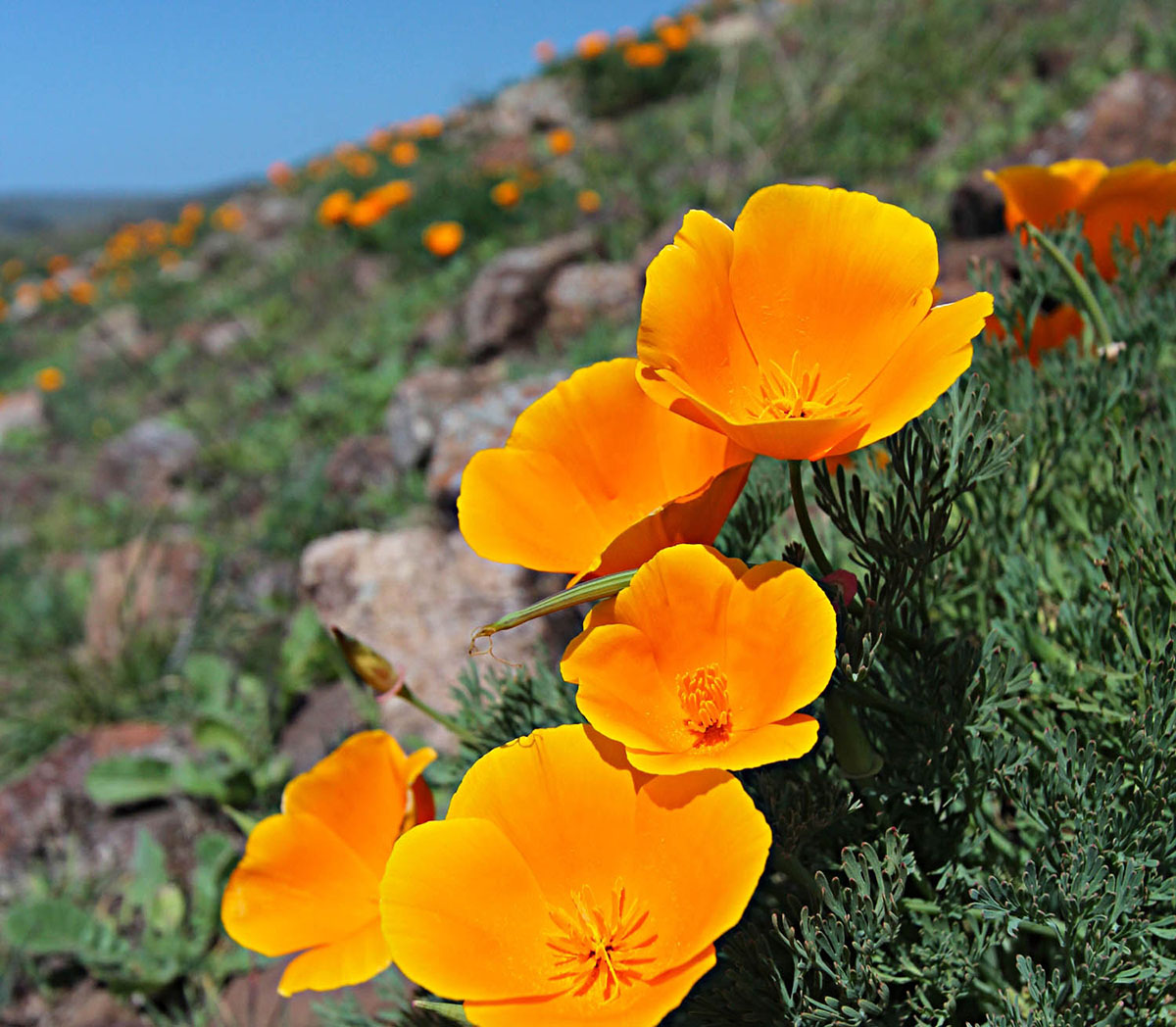

Garden Essentials
How Long For California Poppies To Germinate
Modified: August 16, 2024
Looking to grow California poppies in your garden? Find out how long it takes for these beautiful flowers to germinate and bloom.
(Many of the links in this article redirect to a specific reviewed product. Your purchase of these products through affiliate links helps to generate commission for Storables.com, at no extra cost. Learn more)
Introduction
Welcome to our comprehensive guide on how long it takes for California poppies to germinate. If you are a gardening enthusiast or someone who wants to add a vibrant splash of color to your garden, California poppies are a fantastic choice. These beautiful and delicate wildflowers are native to California but can be grown in many regions around the world.
Understanding the germination process of California poppies is crucial for successful cultivation. Germination refers to the process by which a seed transforms into a plant. It involves the activation of the seed’s dormant embryo, followed by the emergence of a new seedling.
In this article, we will explore the factors that influence the germination of California poppies and provide you with valuable insights into the optimal conditions for germination. We will also discuss the typical timeframe for California poppies to germinate, and offer some tips to ensure successful germination of these charming flowers.
So, whether you’re a beginner or an experienced gardener, let’s dive into the fascinating journey of California poppy germination and discover how you can grow these beautiful flowers in your own garden.
Key Takeaways:
- California poppies germinate best in moderate temperatures, moist soil, and exposure to light. Patience and proper care are key to successful germination.
- To ensure successful germination, choose high-quality seeds, prepare the soil, sow at the right time, and provide consistent moisture and sunlight. Happy gardening!
Read more: When To Plant California Poppy Seeds
Factors Affecting Germination of California Poppies
Several factors play a crucial role in the germination process of California poppies. Understanding these factors will help you create optimal conditions for successful germination. Let’s explore them in more detail:
- Temperature: California poppies prefer moderate temperatures for germination. The ideal temperature range is between 55 to 65 degrees Fahrenheit (13 to 18 degrees Celsius). Extreme heat or cold can negatively impact germination rates. If the temperature exceeds 85 degrees Fahrenheit (29 degrees Celsius), germination may become inhibited.
- Moisture: Adequate moisture is essential for the germination of California poppies. The seeds need to be consistently moist during the germination process. However, it’s important to avoid overwatering, as excessive moisture can lead to seed rot or fungal diseases. Strike a balance by keeping the soil damp but not soggy.
- Light: California poppy seeds are what we call “light-sensitive” seeds. This means that they require exposure to light in order to initiate germination. If you bury the seeds too deep in the soil, they may struggle to germinate. Ensure that the seeds are surface-sown, with only a light covering of soil or none at all.
- Soil Quality: California poppies can tolerate a wide range of soil conditions, but they thrive best in well-drained, slightly sandy soil. The pH level of the soil should be neutral to slightly acidic, ranging from 6.0 to 7.0. If your soil is heavy or clay-like, consider amending it with organic matter to improve drainage.
- Weed Competition: Like any other plant, California poppies face competition from weeds. These weeds can hinder the germination process and inhibit the growth of poppy seedlings. It’s important to prepare the planting area by removing any existing weeds and ensuring the soil is weed-free before sowing the poppy seeds.
By considering these factors and providing the ideal conditions, you can significantly enhance the germination success of your California poppies. Let’s now delve into the optimal germination conditions for these delightful flowers.
Optimal Germination Conditions for California Poppies
Creating the right environment for germination is essential for the successful growth of California poppies. Here are the optimal conditions to promote germination:
- Temperature: Maintain a moderate temperature range of 55 to 65 degrees Fahrenheit (13 to 18 degrees Celsius) for optimum germination. You can achieve this by sowing the seeds in the early spring or fall when temperatures are cooler.
- Moisture: Keep the soil consistently moist during the germination period. Water the seeds lightly but regularly to prevent them from drying out. Consider using a fine mist or a sprinkler to provide gentle and even moisture distribution.
- Light: As mentioned earlier, California poppy seeds require exposure to light for successful germination. Sow the seeds on the soil surface, lightly pressing them into the soil or leaving them uncovered. This will allow them to receive the necessary light they need to sprout.
- Soil Preparation: Prepare the soil before sowing the seeds to ensure optimal growing conditions. Remove any weeds or debris from the planting area and loosen the soil. Adding organic matter, such as compost or well-rotted manure, can improve soil fertility and drainage.
- Seed Spacing: California poppy seeds should be spaced adequately to allow each seedling enough room to grow. Aim for a spacing of about 6 to 8 inches (15 to 20 centimeters) between each seed. This will prevent overcrowding and competition for resources, leading to healthier plants.
- Protection: While California poppies are generally hardy, protecting the seedlings from extreme weather conditions or pests can improve their chances of survival. Consider using a light mulch to retain moisture and provide insulation during colder periods.
By providing these optimal germination conditions, you can increase the likelihood of successful California poppy germination and promote healthy plant growth. Let’s now move on to explore the typical timeframe for California poppies to germinate.
California poppies typically germinate within 10-15 days when planted in well-drained soil and exposed to full sun. Keep the soil consistently moist but not waterlogged during this time to encourage germination.
Germination Timeframe of California Poppies
The germination timeframe of California poppies can vary depending on several factors, including temperature, moisture, and seed quality. On average, you can expect California poppy seeds to germinate within 10 to 14 days under optimal conditions. However, it’s important to note that germination can take longer in certain situations.
Temperature plays a significant role in the germination process. If the temperature is consistently within the ideal range of 55 to 65 degrees Fahrenheit (13 to 18 degrees Celsius), you can anticipate germination to occur within the expected timeframe. However, if the temperature is too low, germination may take longer, while higher temperatures may inhibit or delay germination.
Moisture is another crucial factor that affects germination time. Keeping the soil consistently moist but not overly saturated will promote faster germination. Inadequate moisture can prolong germination, while excessive moisture can lead to seed rot or fungal diseases.
It’s essential to be patient during the germination process, as some seeds may take longer to sprout than others. Factors such as seed age, quality, and individual variability can contribute to variations in germination timeframes.
If you have sown California poppy seeds and they haven’t germinated within the expected timeframe, don’t be discouraged. Some seeds may take up to three weeks or even longer to germinate. It’s always a good idea to follow the proper planting techniques, provide optimal conditions, and maintain consistent care to give your California poppy seeds the best chance of successful germination.
Now that we’ve explored the germination timeframe, let’s move on to some tips for ensuring successful germination of California poppies.
Tips for Successful Germination of California Poppies
When it comes to germinating California poppies and ensuring their successful growth, the following tips will greatly enhance your chances:
- Choose high-quality seeds: Start with fresh, high-quality California poppy seeds. Check the seed packet for the date of production or purchase seeds from a reputable supplier. Fresh seeds have a higher germination rate and are more likely to sprout quickly.
- Prep the soil: Prepare the soil thoroughly before sowing the seeds. Remove any weeds and loosen the soil, ensuring good drainage. Consider mixing in some organic matter, such as compost or well-rotted manure, to enrich the soil and provide essential nutrients for the seeds.
- Sow at the right time: California poppies germinate best when sown in early spring or late fall. These seasons provide moderate temperatures and suitable moisture levels for optimal germination. Avoid sowing during extreme heat or cold, as it can negatively affect germination rates.
- Surface sow the seeds: California poppy seeds require exposure to light for successful germination. Scatter the seeds onto the soil surface and lightly press them into the soil or leave them uncovered. Avoid burying them too deep, as it may hinder germination.
- Maintain consistent moisture: Keep the soil consistently moist during the germination period. Water the seeds lightly but regularly to prevent them from drying out. Monitor the moisture level and adjust watering as needed, ensuring the soil remains damp but not overly saturated.
- Provide adequate sunlight: California poppies thrive in full sun. Ensure that the planting area receives at least 6 to 8 hours of direct sunlight daily. This will promote healthy growth and vibrant flower development.
- Protect from pests: Monitor the seedbed for any potential pest activity, such as snails or slugs, as they can feed on the emerging seedlings. Use organic pest control methods or physical barriers, such as copper tape or eggshells, to protect the delicate young plants.
- Thin out overcrowded seedlings: Once the seedlings have emerged, thin them out to ensure adequate spacing and airflow. Overcrowding can lead to competition for resources and increase the risk of disease. Aim for a spacing of 6 to 8 inches (15 to 20 centimeters) between each seedling.
- Be patient and maintain care: California poppies may take some time to germinate and establish themselves. Be patient and maintain regular care, including watering, weeding, and providing suitable growing conditions. With time and proper care, you will soon enjoy the beauty of these vibrant flowers.
By following these tips, you can greatly enhance the germination success of your California poppies and ensure their healthy growth. Let’s conclude our guide with a brief summary.
Read more: How Long For Lobelia To Germinate
Conclusion
Congratulations! You are now equipped with a comprehensive understanding of how long it takes for California poppies to germinate and the factors that influence their germination process. By considering the optimal germination conditions, including temperature, moisture, light, and soil quality, you can provide the ideal environment for these beautiful flowers to thrive.
Remember to choose high-quality seeds, prepare the soil properly, and sow at the right time. Surface sow the seeds, maintain consistent moisture, and provide adequate sunlight for optimum germination. Keep a watchful eye for pests and thin out overcrowded seedlings to ensure healthy growth.
Additionally, patience is key during the germination process. While California poppies typically germinate within 10 to 14 days, it’s important to understand that variations can occur due to factors such as temperature, moisture, and seed quality. Don’t lose hope if some seeds take longer to sprout.
With your dedication, care, and these valuable tips, your California poppies will soon blossom into a vibrant tapestry of colors, adding a touch of beauty and charm to your garden. Enjoy the stunning sight of these delicate wildflowers and revel in the satisfaction of successfully growing them from seed.
Happy gardening and may your California poppies bring you joy year after year!
Frequently Asked Questions about How Long For California Poppies To Germinate
Was this page helpful?
At Storables.com, we guarantee accurate and reliable information. Our content, validated by Expert Board Contributors, is crafted following stringent Editorial Policies. We're committed to providing you with well-researched, expert-backed insights for all your informational needs.
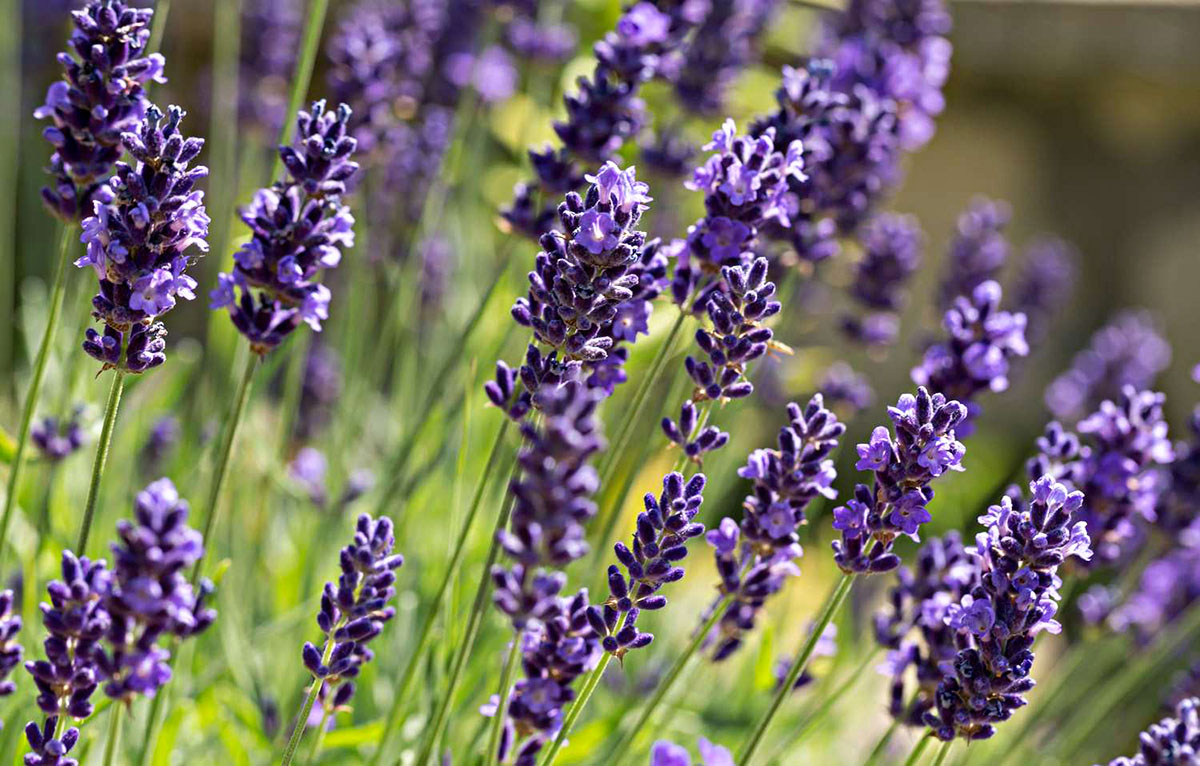
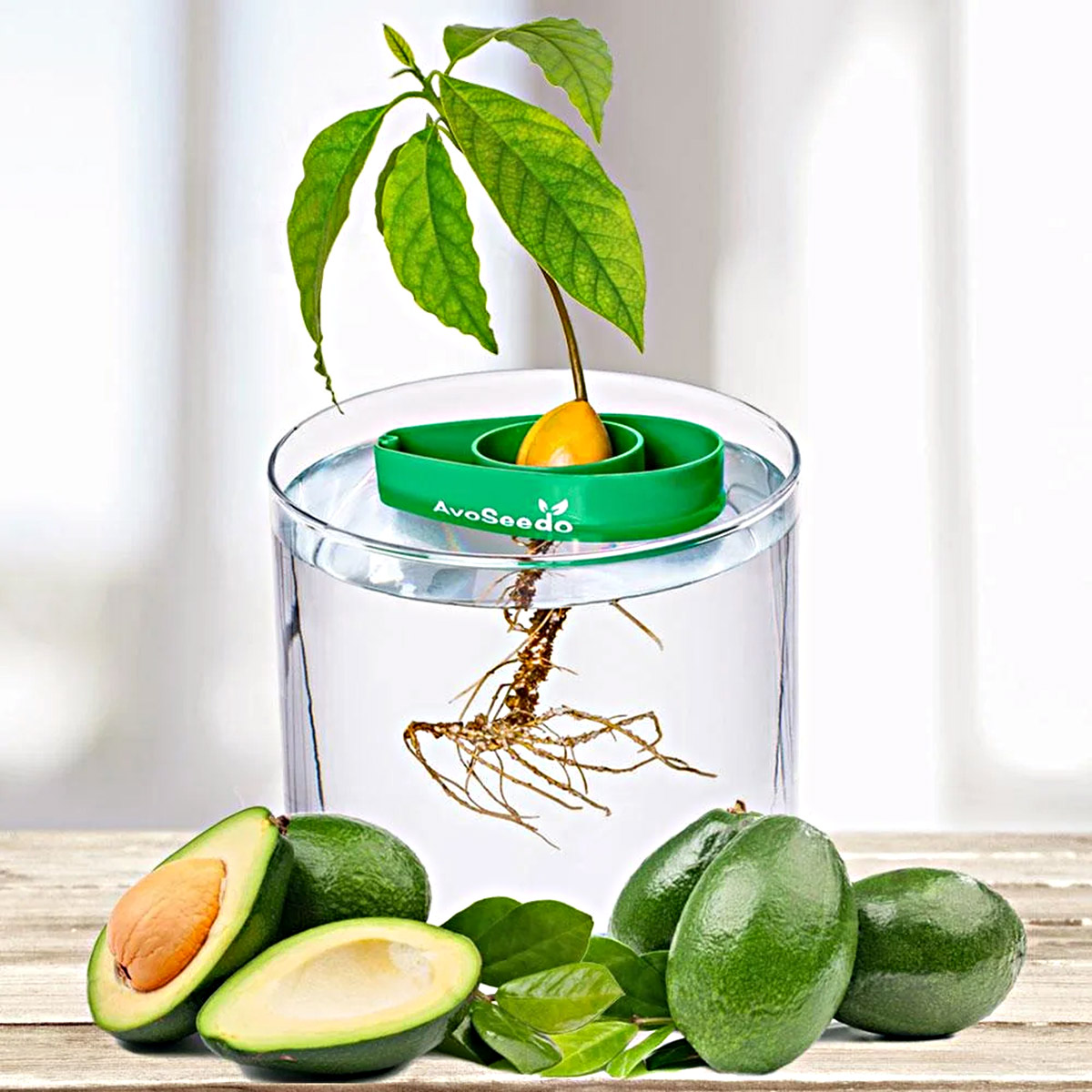
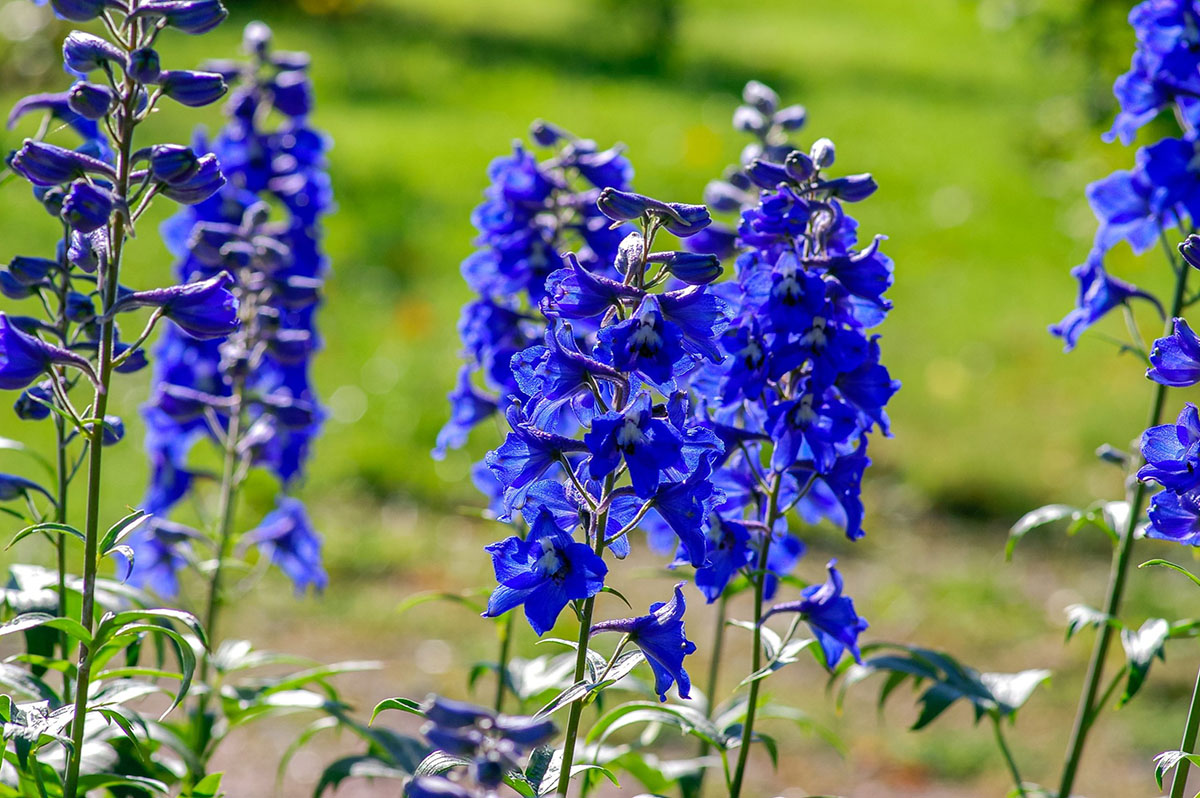
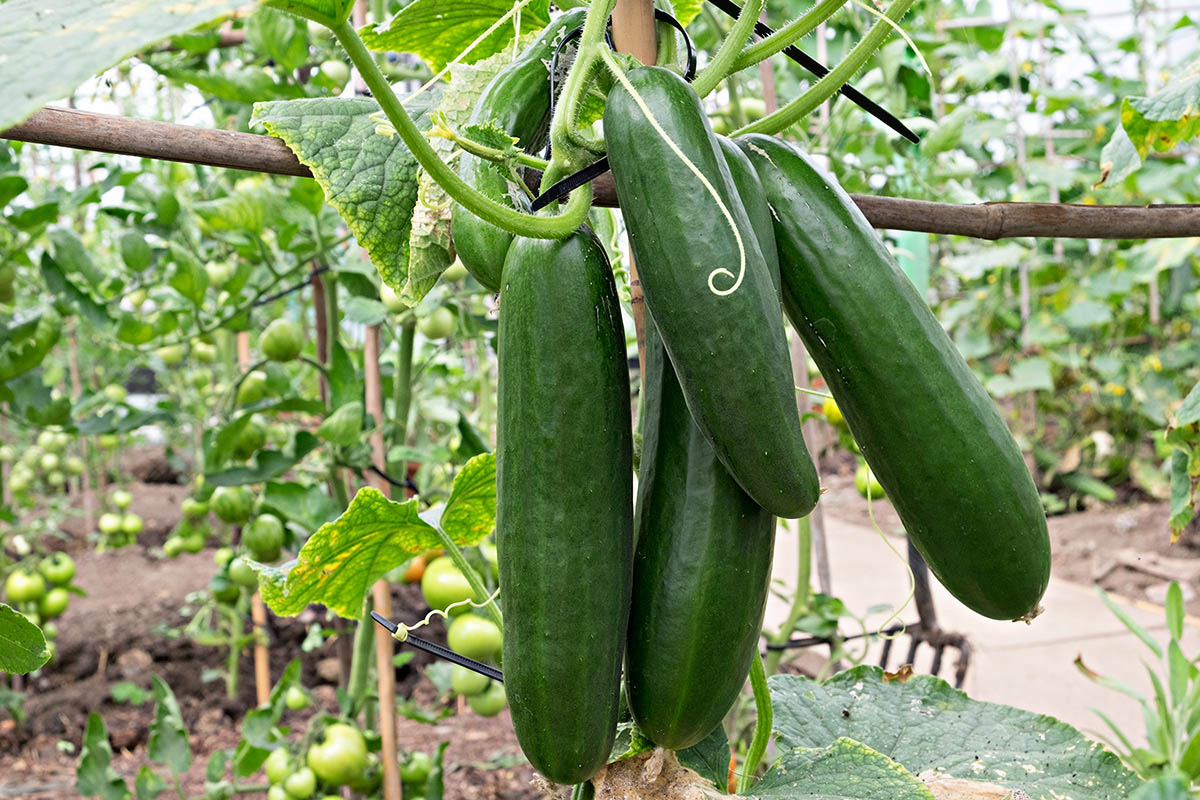
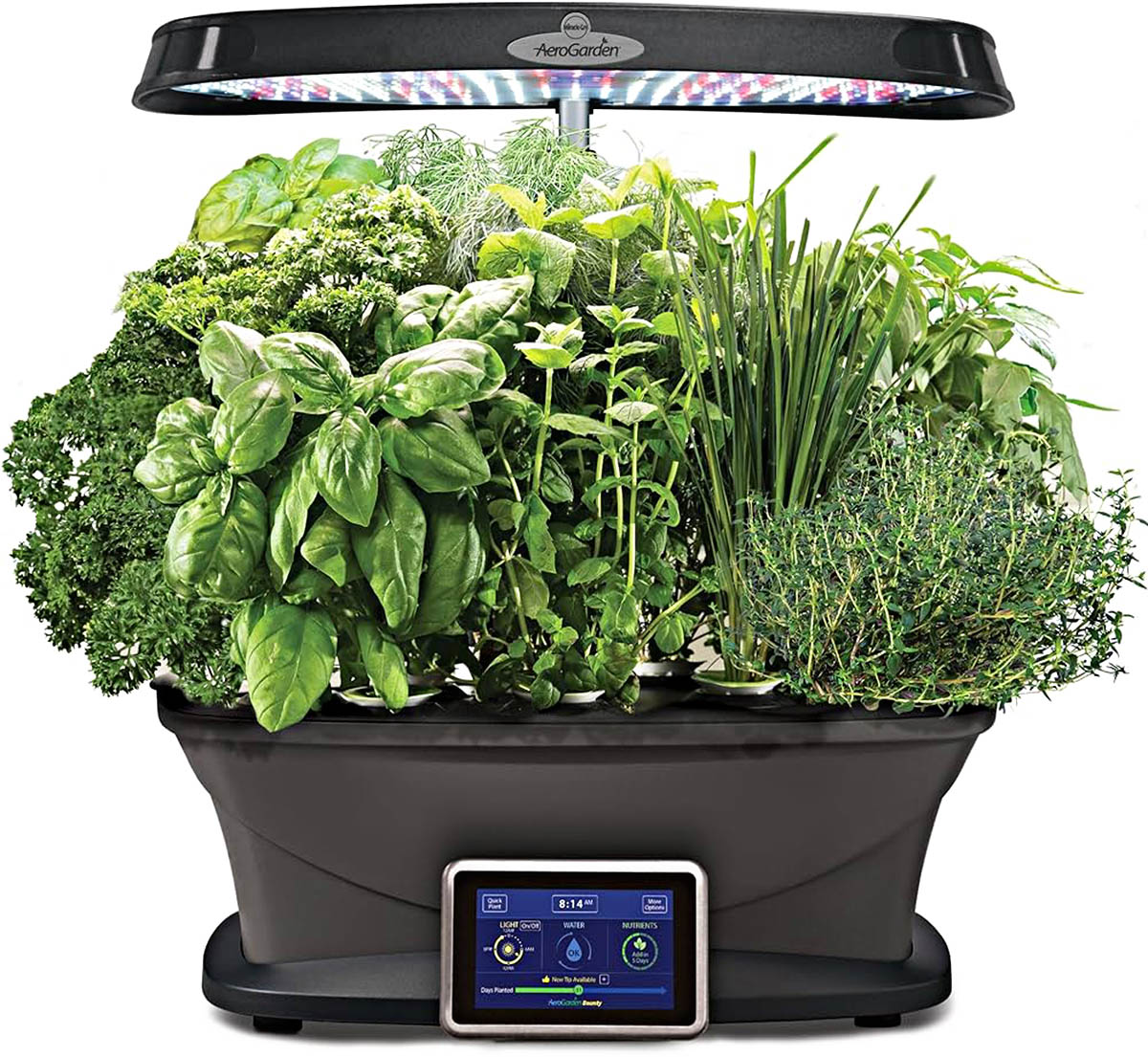

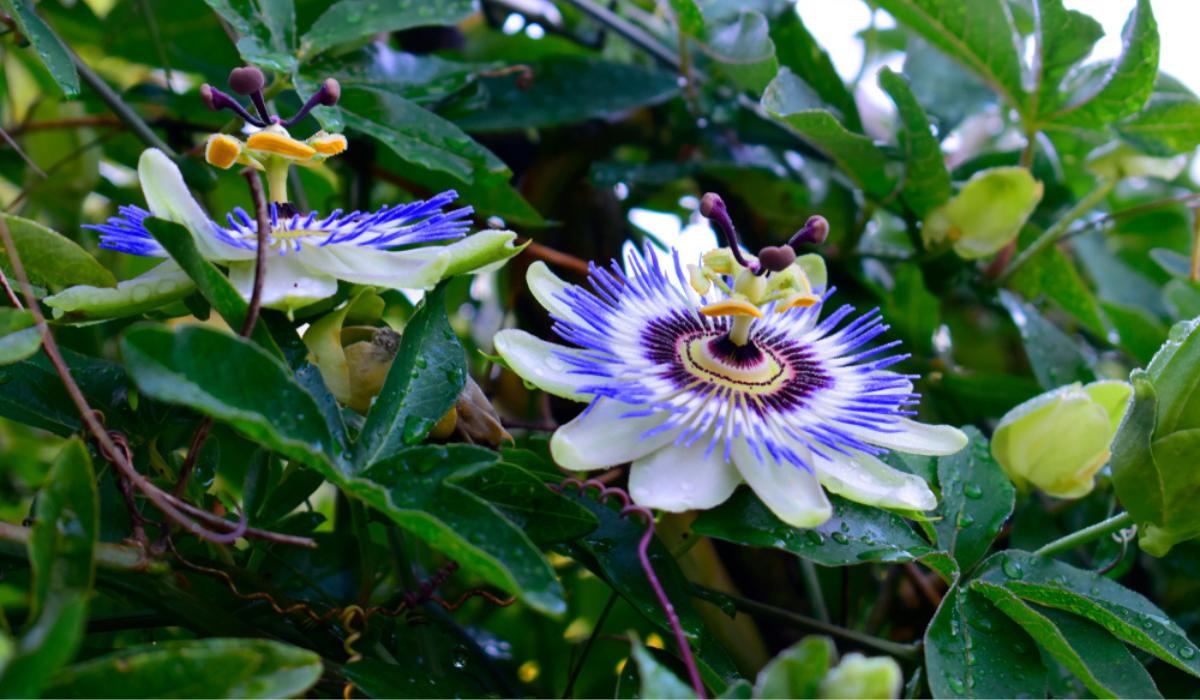
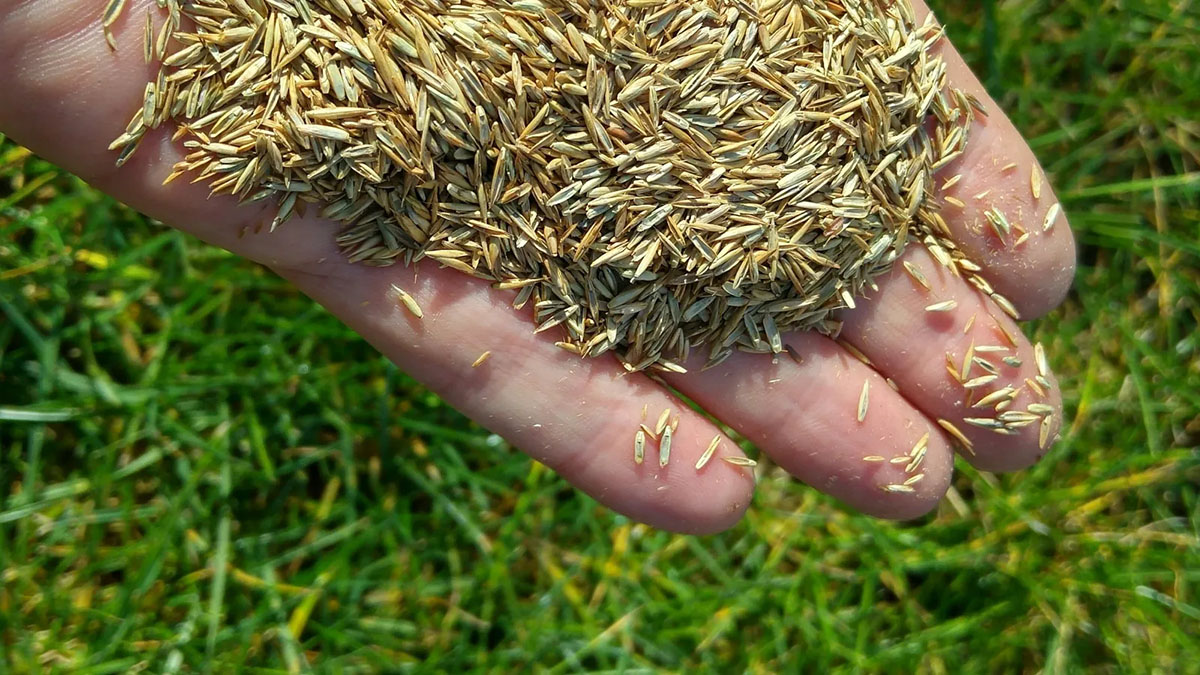
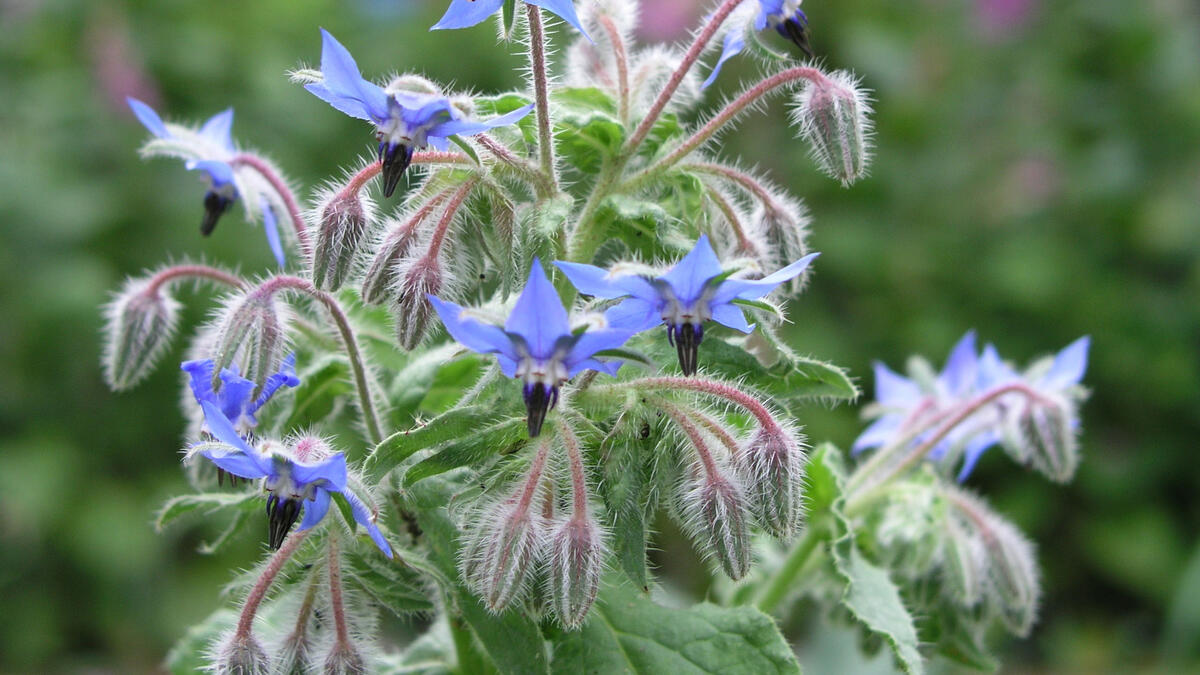
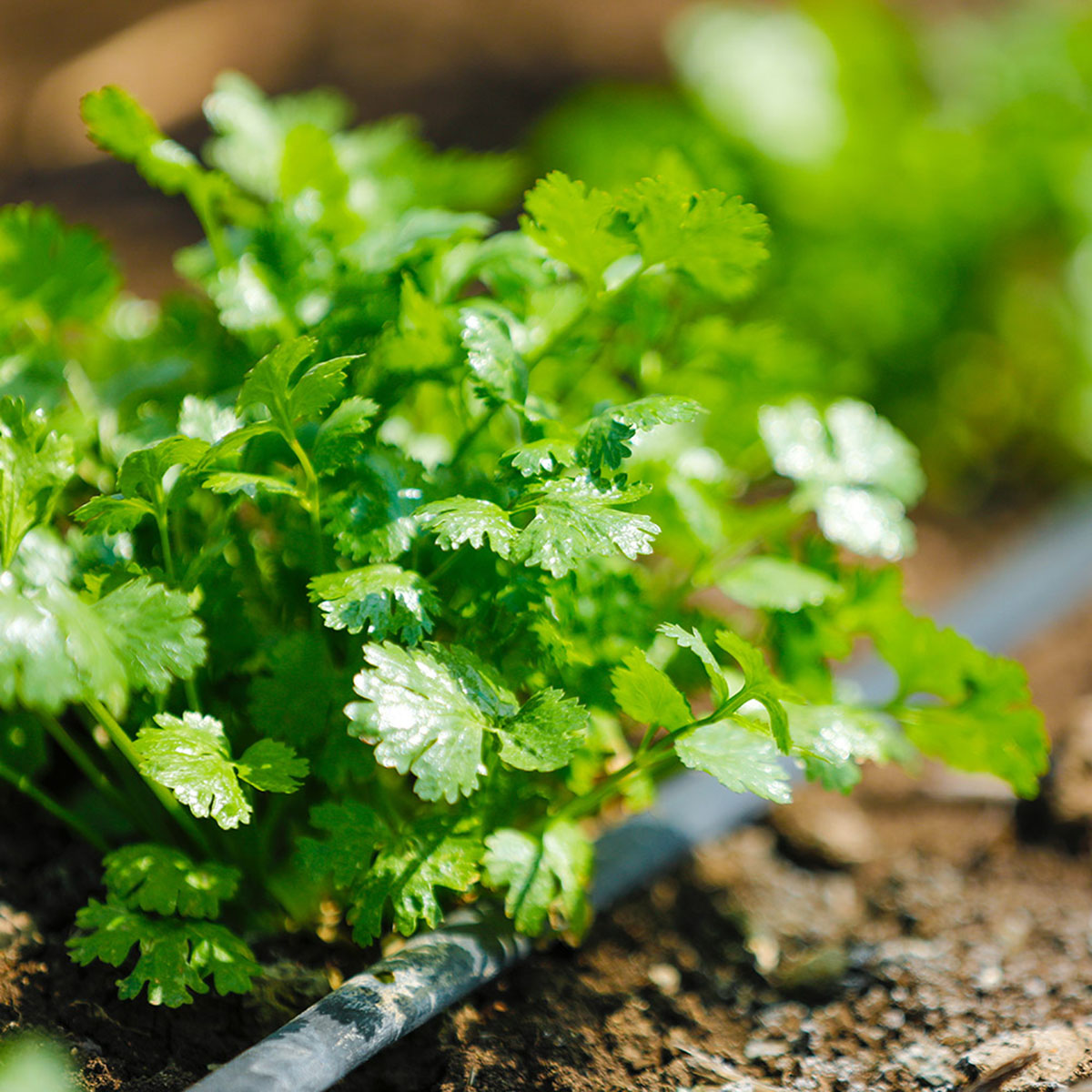
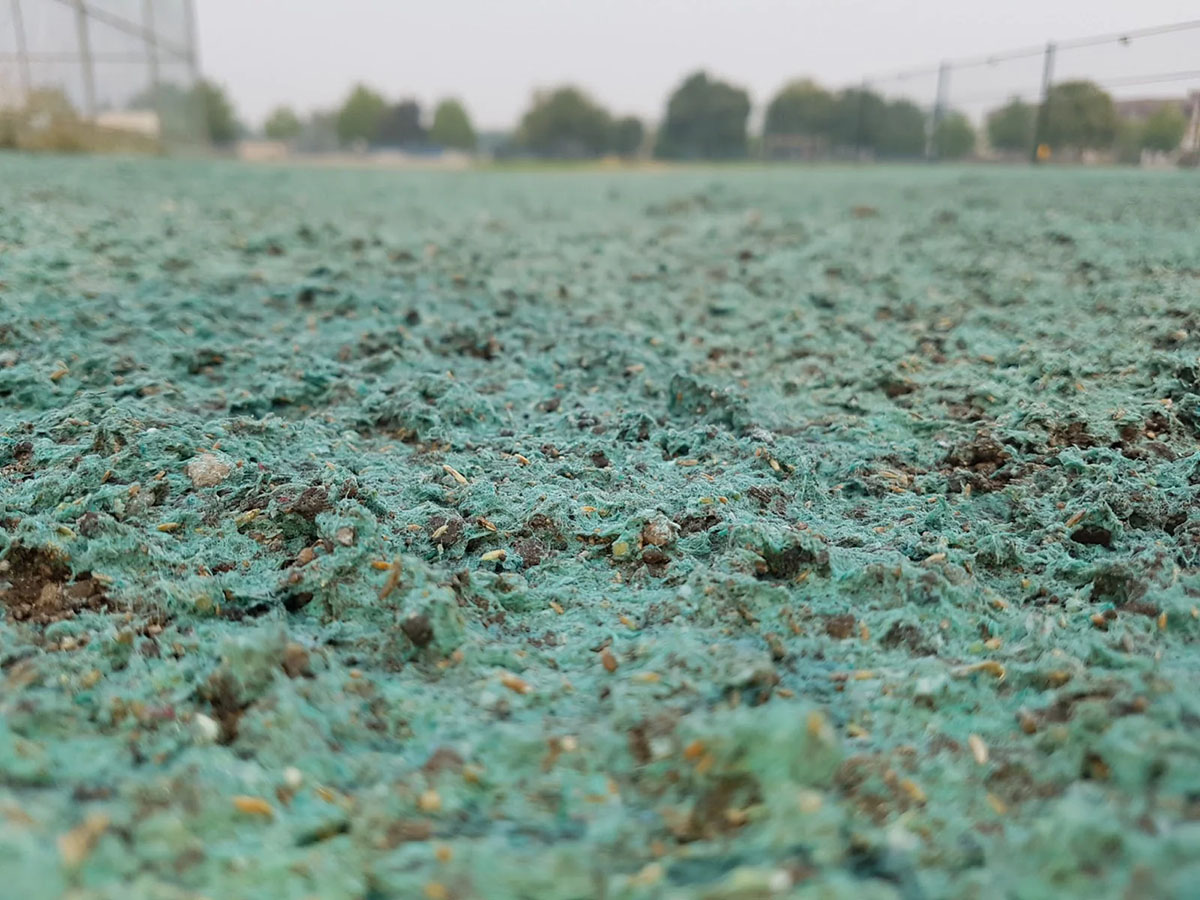
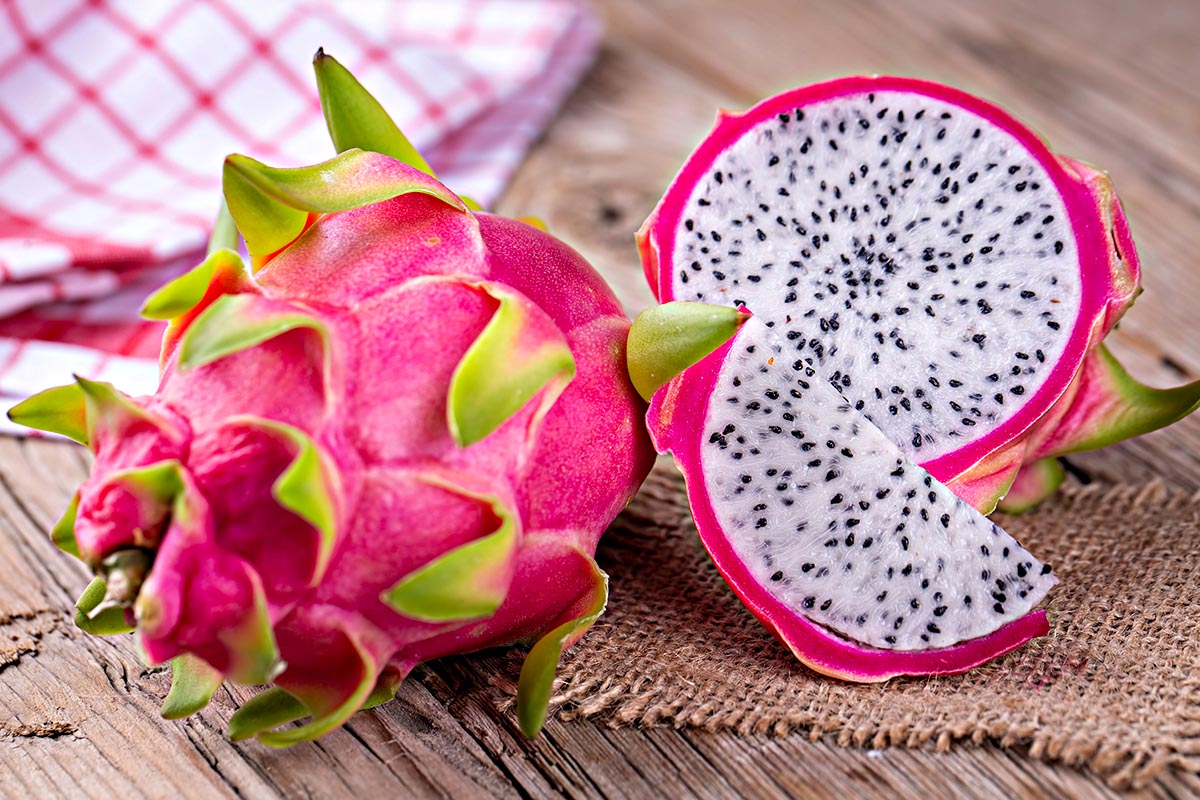
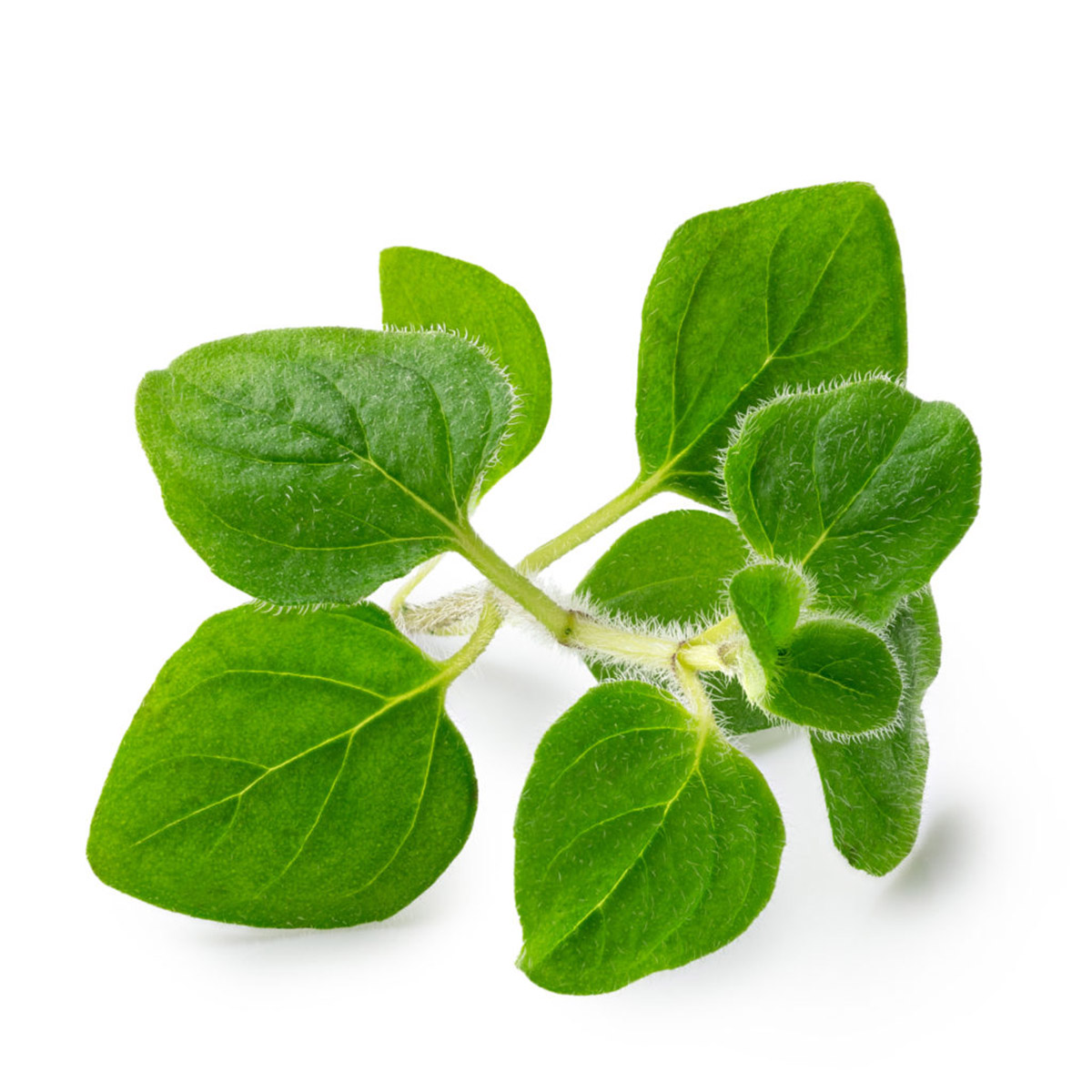
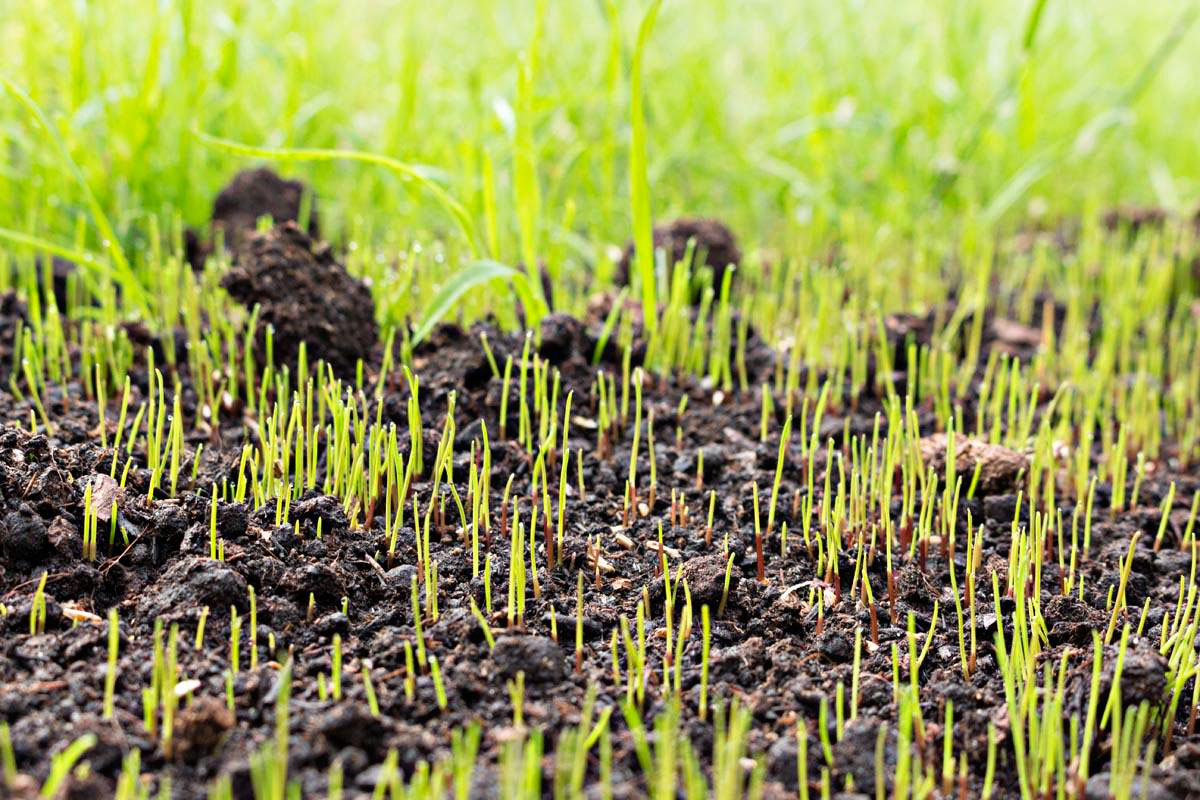

0 thoughts on “How Long For California Poppies To Germinate”